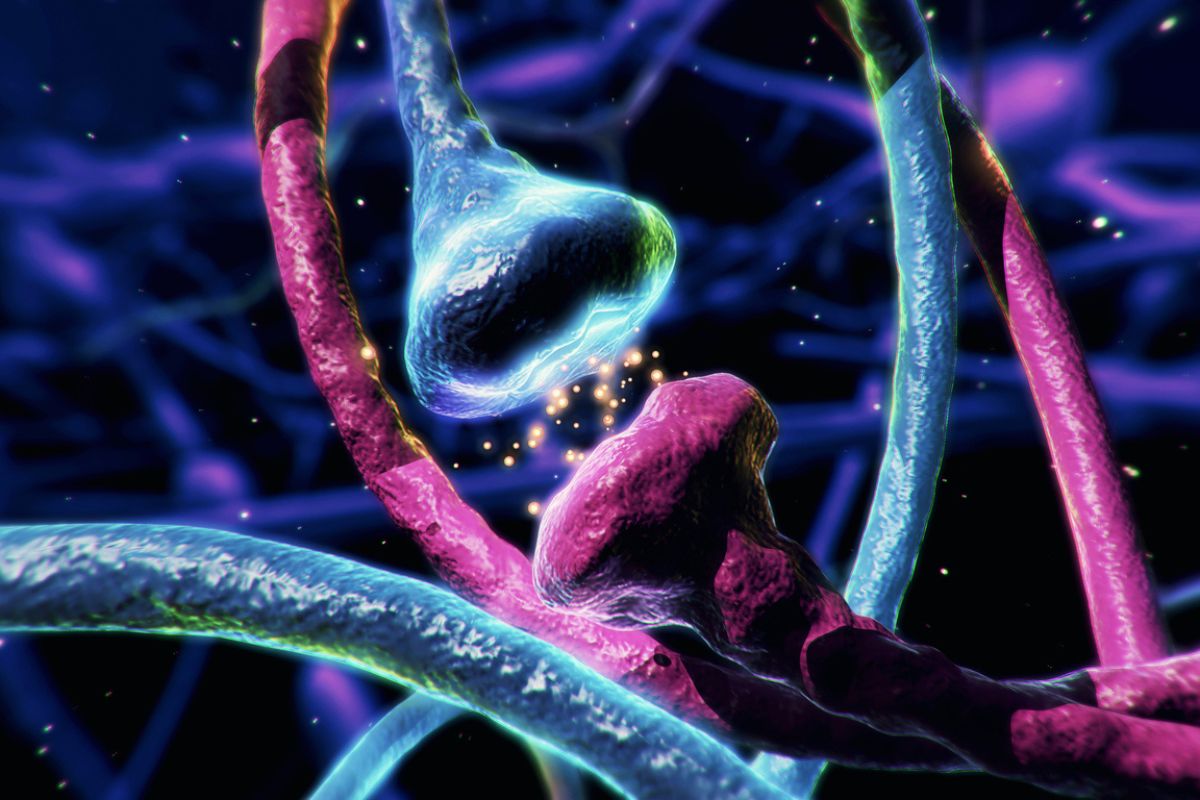The FDA’s approval of xanomeline-trospium (KarXT, brand name Cobenfy) marks the first new antipsychotic in 30 years, making this a good time to review the history of treatments for schizophrenia.
Schizophrenia is considered difficult to treat due to the variety of mechanisms that contribute to its symptoms, as well as the variable efficacy and significant adverse effects of currently available medications.
Patients with schizophrenia may suffer from cognitive impairment, positive symptoms, and/or negative symptoms, all of which may be caused by incorrect dopamine, serotonin, and acetylcholine neurotransmitter activity, according to a 2022 Innovations in Clinical Neuroscience study.
Adverse Effects of Antipsychotic Medications
First and second-generation antipsychotics have been the standard of treatment for schizophrenia for many years. However, they cause various side effects, including weight gain, somnolence, and movement dysfunction caused by spasms or muscle contractions, classified as extrapyramidal symptoms (EPS). First-generation antipsychotics often cause EPS, a side effect that can significantly interfere with daily activities.
Second-generation antipsychotics are less likely to cause EPS but more likely to cause weight gain, which can lead to metabolic dysfunction. Both generations of antipsychotics may cause somnolence, which can make it difficult for patients to function normally during the day.
These medication side effects may contribute to poor medication adherence, and patients often try several different medication regimens before finding one that is both effective and causes minimal adverse effects. The adverse effects of antipsychotic medications negatively impact both quality of life and overall functioning.
Additionally, these side effects are associated with increased morbidity and mortality, as well as stigma and reduced adherence to treatment, which can lead to a recurrence of psychiatric disorders, a Lancet Psychiatry study noted in 2023.
Xanomeline-Trospium: Mechanism, Efficacy
The mechanism of action for antipsychotic medications typically relies on altering dopamine and serotonin activity.
Xanomeline-trospium takes a different approach by working as an M1 and M4 muscarinic agonist. The limbic and cortical regions of the central nervous system contain M1, M4, and dopamine receptors, which control cognition and affect.
Animal studies have previously shown that modulating M1 and M4 receptors can affect behavioral disturbances as well as both positive and negative symptoms, such as those seen in schizophrenia. Xanomeline was initially studied as a medication for the treatment of Alzheimer’s disease but ultimately failed in trials due to peripheral cholinergic side effects, including diarrhea, sweating, and hypersalivation. The addition of trospium, a nonselective antimuscarinic agonist, may mitigate cholinergic adverse events and increase xanomeline plasma concentrations.
Xanomeline-trospium has been under the spotlight for treating schizophrenia, particularly in the EMERGENT trial series (EMERGENT 1-5). The results from trials EMERGENT 1-3 showed that xanomeline-trospium led to notable improvements in both positive and negative symptoms of schizophrenia, as indicated by lower PANSS total, positive, and negative scores.
Fewer Adverse Side Effects
In EMERGENT-2, no patients in the xanomeline-trospium group experienced EPS or weight gain. Episodes of somnolence were comparable between groups, reported in 5% of patients in the xanomeline-trospium group vs. 4% in the placebo group. The most commonly reported adverse events in EMERGENT-2 and EMERGENT-3 were constipation, nausea, indigestion, and vomiting, all occurring in 10-20% of patients taking the medication.
Preliminary findings from EMERGENT-4 and EMERGENT-5 revealed that most patients did not experience weight gain, metabolic issues, or significant changes in movement disorder scale score after 52 weeks on xanomeline-trospium. In fact, patients who took xanomeline-trospium for the entire 52 weeks lost 2.6 kg (5.7 pounds) on average, with 65% of patients experiencing some weight loss. Researchers measured total cholesterol, triglycerides, and A1C levels to ensure patients did not experience metabolic dysfunction from long-term xanomeline-trospium use. There were no clinically meaningful changes in these labs during the trial period.
While the combination of xanomeline and trospium helped reduce cholinergic side effects, patients often faced anticholinergic side effects instead.
As in previous trials, the most frequently reported adverse events in the EMERGENT-4 and EMERGENT-5 trials included nausea, vomiting, dry mouth, constipation, diarrhea, dizziness, high blood pressure, and indigestion. Thankfully, all these side effects were mild and temporary.
Looking to the Future
“People living with schizophrenia and their care partners have long carried the burden of the condition, with a lack of treatment options that adequately treat the symptoms of schizophrenia without common debilitating side effects,” said Rishi Kakar, M.D., chief scientific officer and medical director of Sega Trials and investigator in the EMERGENT program.
“To see that the long-term tolerability profile of xanomeline-trospium remains consistent with earlier studies, where the cholinergic side effects remained mild or moderate in severity and were transient and resolving with continued treatment, is very encouraging,” he added.
In addition to the EMERGENT trial program, the ARISE trial is currently in the recruitment phase and will assess the safety and efficacy of xanomeline-trospium as adjunctive therapy in patients whose schizophrenia is inadequately controlled with standard medications. Thus far, there have been no head-to-head comparisons of xanomeline-trospium with any of the other antipsychotic medications.
Psychiatrists may start prescribing xanomeline-trospium, under the brand name Cobenfy, later this month, according to a statement from the drug’s maker, Bristol Meyers Squibb.
Further reading:
FDA Approves First New Schizophrenia Drug in Years
The Economic Impact of Cognitive Impairment and Negative Symptoms in Schizophrenia
Rationale for Adjunctive Treatment Targeting Multiple Mechanisms in Schizophrenia



